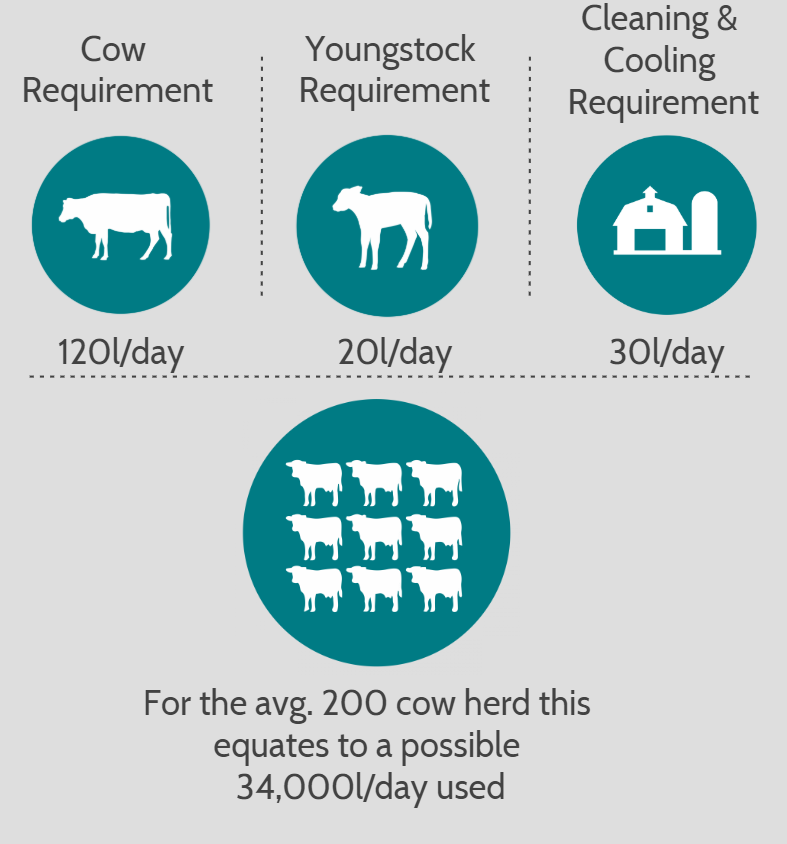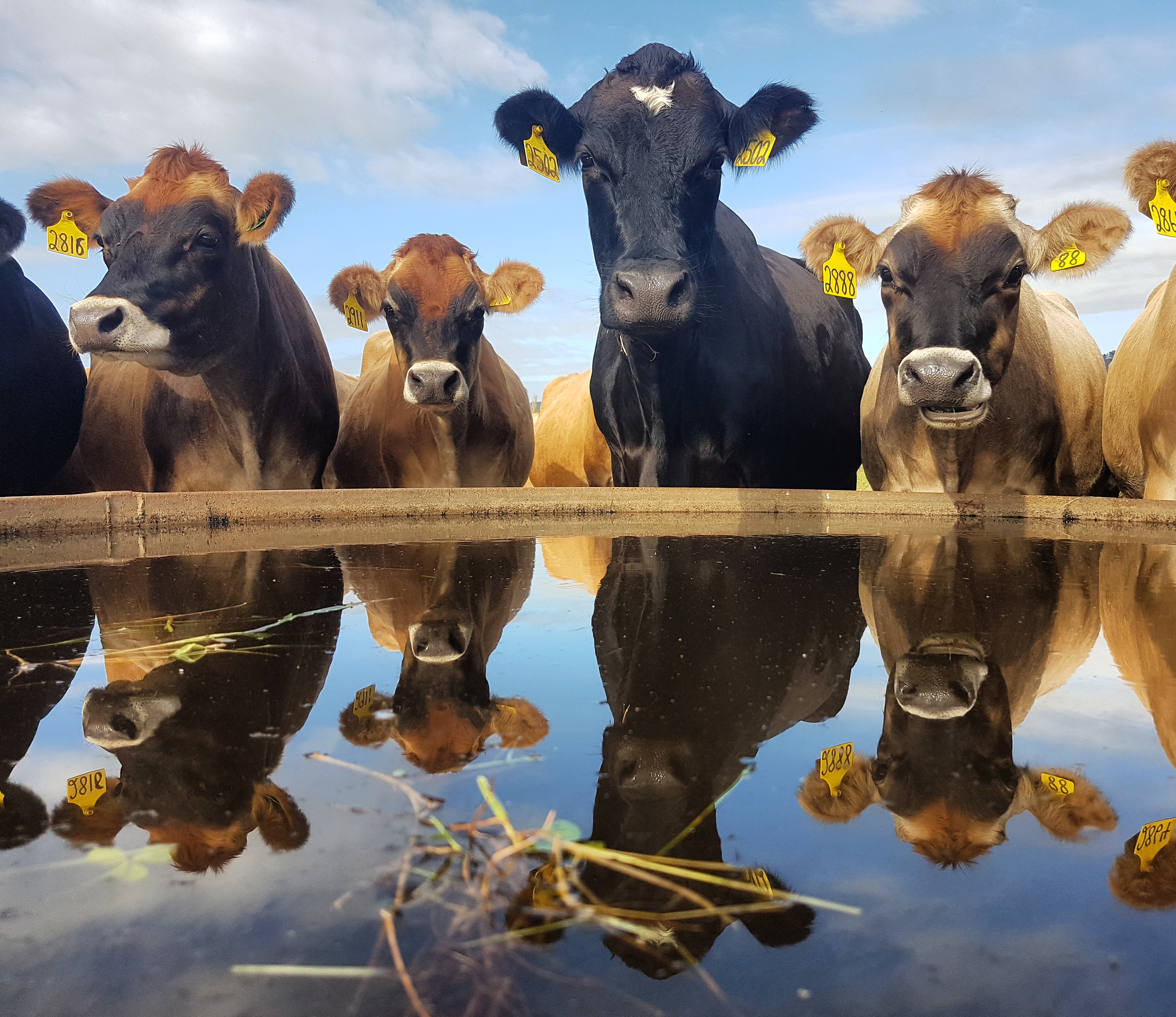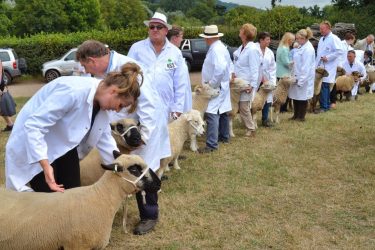By Alastair Johnston
When it comes to rainfall the droughts of 2018 seemed to be well and truly forgotten and we are into record breaking territory with recent downfalls. Right now the management of excess rainwater seems to be more troublesome than managing a shortage of water.
Billions of litres fall on farm land and yards to soak away or drain into water courses. Ultimately this is a wasted opportunity, as a significant amount of this water can be captured to bring financial benefit.
Producing milk requires a large quantity of water, which has a significant impact on the cost of production.

Most water used on dairy farms is blue water. Blue water is defined as water treated to a standard suitable for human consumption. Blue mains water is the most expensive at around £1.50 per cubic metre.
Up to a half of all Blue water consumed on a dairy farm is drinking water, with the remainder used for cleaning parlours and yards and for milk cooling and plant cleaning. There is enormous potential for on-farm interventions and technologies to reduce Blue water consumption.
An important question is to consider if rain or Green water can be captured and turned into highly valuable Blue water.
Doing so has the added advantage of reducing the amounts stored as Grey or dirty water in slurry lagoons which also has a disposal cost.
Harvesting rainwater also increases the security of additional ‘on-farm’ water supply, an abstraction licences isn’t required and the capital costs of gutters, downspouts, and tanks are modest. Clients are often surprised at how quickly these investments will pay for themselves.
Harvesting rainwater is also key for dairy producers who are unable to source water from boreholes – if you can’t drill for groundwater you can still catch it from the sky.
I work with my clients producing water management plans and programmes which highlights how rainwater can be harvested stored and used on farm. Feel free to get in touch if you want to know more about how one of these can save you money.







